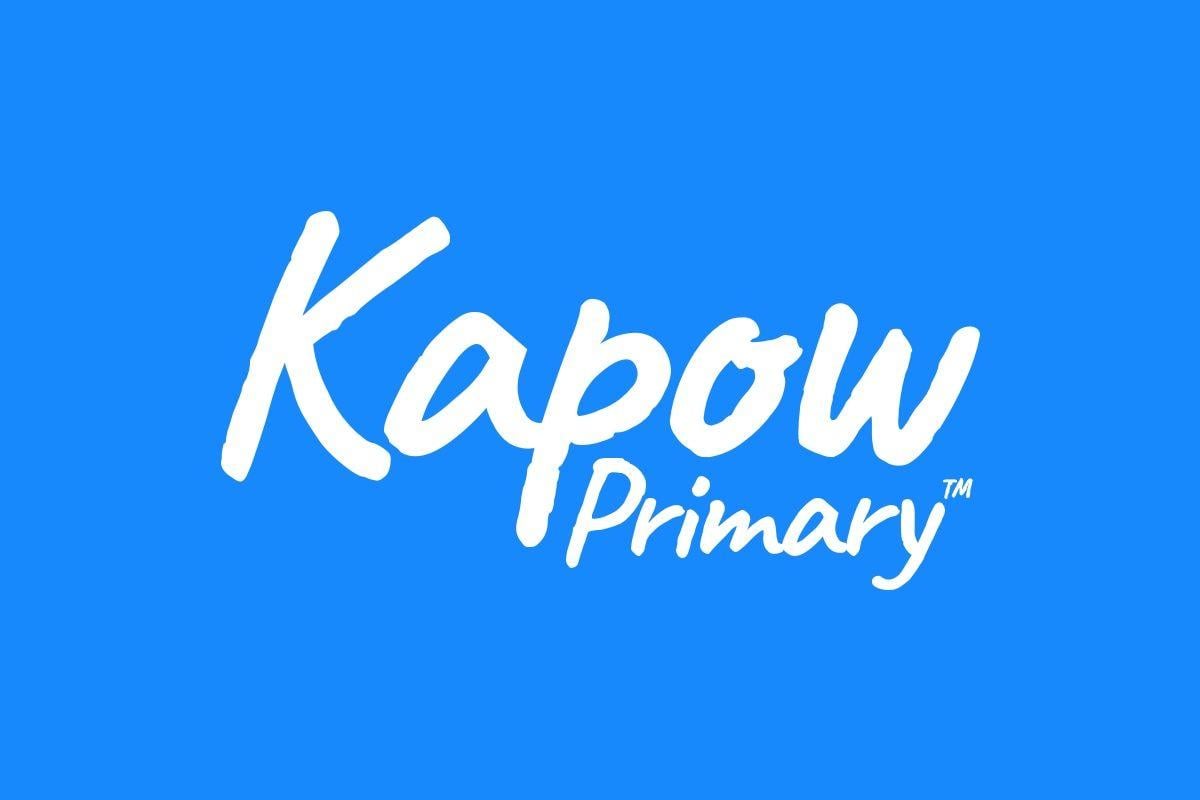Learning objective
- To recognise when an email is not genuine.
Success criteria
- I can recognise
This content is for subscribers only. Join for access today.
National curriculum
Computing
Pupils should be
This content is for subscribers only. Join for access today.
Cross-curricular links
Relationships Education, Relationships and Sex
This content is for subscribers only. Join for access today.
Before the lesson
This content is for subscribers only. Join for access today.
Lesson plan
1: Lesson plan
An area for you to put useful resources from the previous lesson
This content is for subscribers only. Join for access today.
Differentiation
Pupils needing extra support:
Can use the Activity: Fake email examples and the Resource: Email example (support).
Pupils working at greater depth:
Should think carefully about different ways that fake emails can be introduced and include this information in their email to their teacher. For example, not addressing the recipient by their name or starting the email with ‘You have won!’.
This content is for subscribers only. Join for access today.
Assessing progress and understanding
Pupils with secure understanding indicated by: sending an email describing
This content is for subscribers only. Join for access today.
Vocabulary definitions
-
attachment
A function that lets a person add files to an email before sending.
-
download
A file that can be sent from one computer to another via an email or a website and be saved locally by the user.
This content is for subscribers only. Join for access today.
